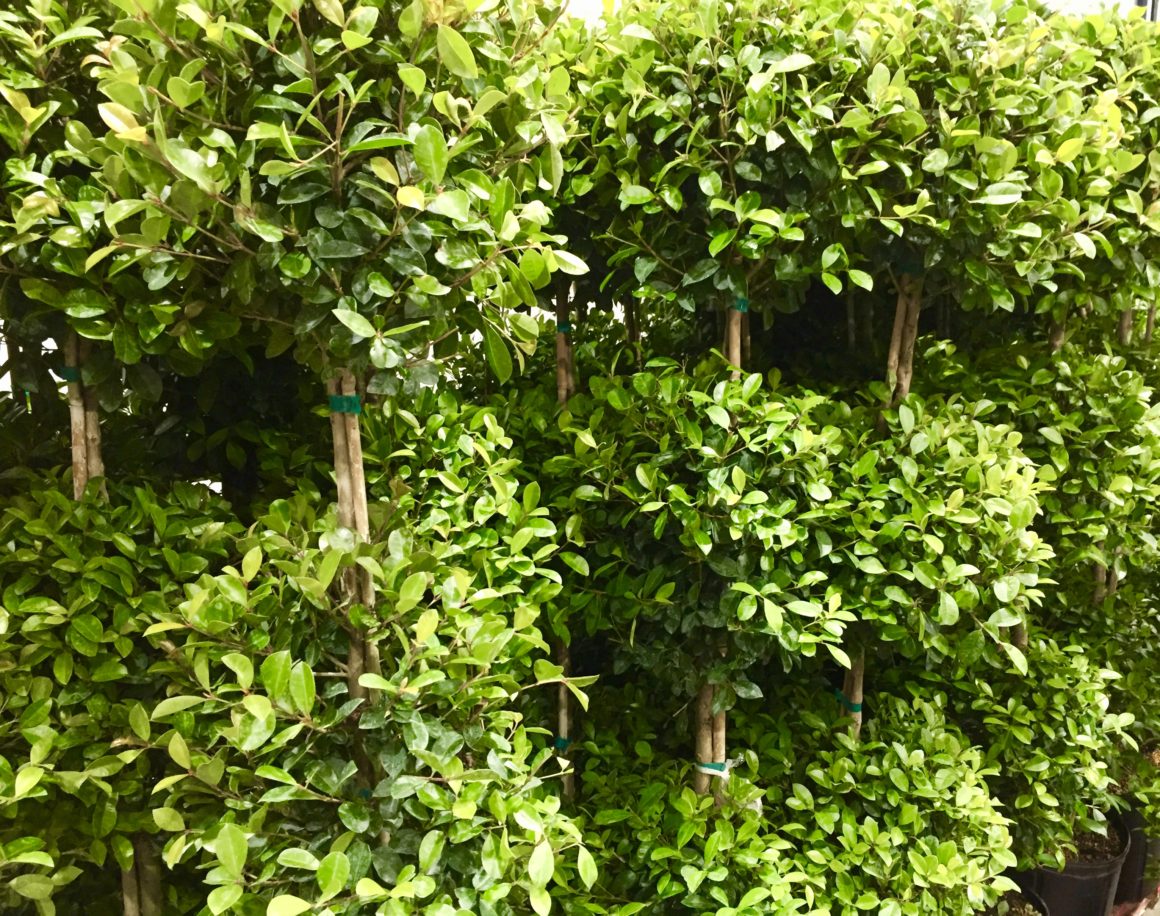
Eugenia
I stand in awe of the gardener. While anyone can learn about gardening by reading about the Ph balance of soil, the proper fertilizer and indigenous plantings, few are granted the power to make anything “grow.” Most inspiring are the champions of gardening who miraculously resurrect. My paternal grandmother possessed this gift, and I clearly recall sharp clippers in her hand cutting away the dead leaves, branches and stems of a plant until all that remained were a few four-inch sticks shooting up from the soil. It was alarming, but my grandmother assured me that it would be reborn in the spring, and just as she prophesied, by mid-June, the bush was larger and healthier than ever before.
I do not take for granted the beautiful flowers, shrubs and trees on this earth for images of them accompany my fondest memories. I see eucalyptus trees and birds of paradise from my honeymoon in Hawaii; the crepe myrtles and roses from the Carolinas; the lush blue and pink hydrangea of Cape Cod; the robust red geraniums spilling from their window boxes on stone buildings in Tuscany; and the alternating red and white begonias my mother planted in our yard when I was a child.
My endless determination to succeed as a gardener has brought about better results over the years, but I still bemoan the less than adequate soil, abridged growing season and excessive rain in the northeast—all excuses I know. For here, the hydrangea will never grow like they do in the sandy soil on Cape Cod, and we will never see months of the vibrant colored flowers of the south.
My quest for a plant that I could nurture with success was realized on a spring excursion to Costco years ago. Amid the plastic pots of lavender, boxwood and Knock-Out roses stood a row of Eugenia topiaries. Each stalk boasted three large leafy green balls for a mere $32, so I loaded a few in the cart, planted them in pots and watched for their demise which never came. This time each year, I purchase a few Eugenia topiaries which become my pride and joy as they flank my front door and adorn my deck. The elegant Eugenia don’t like the cold, but these hearty creatures will survive cool spring nights. Amazingly, they withstand excessive rain and drought, and they promise to be alive when I return from a two-week long vacation in the oppressive July heat. They could live for years in a warmer climate; however in the northeast, their thick foliage and glossy leaves lose their luster in October. Even so, Eugenia won’t yield to the cool weather until right after Thanksgiving, just in time to switch them out for the seasonal Christmas pines.
My grandmother would be proud.

